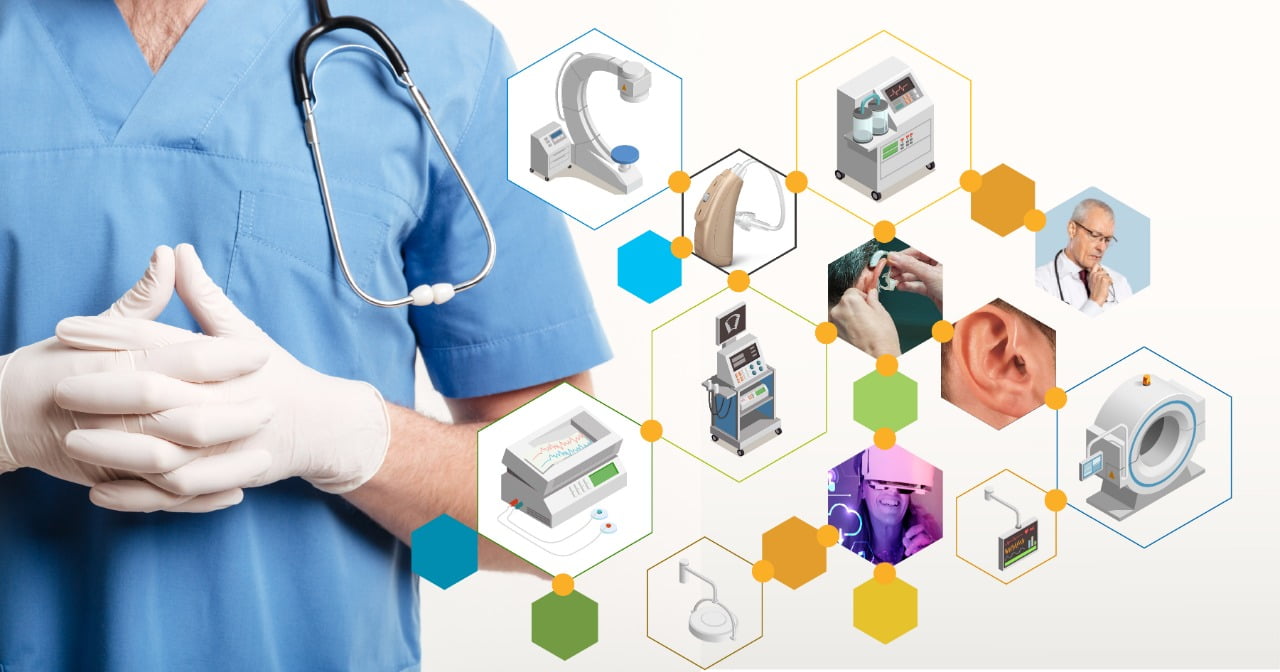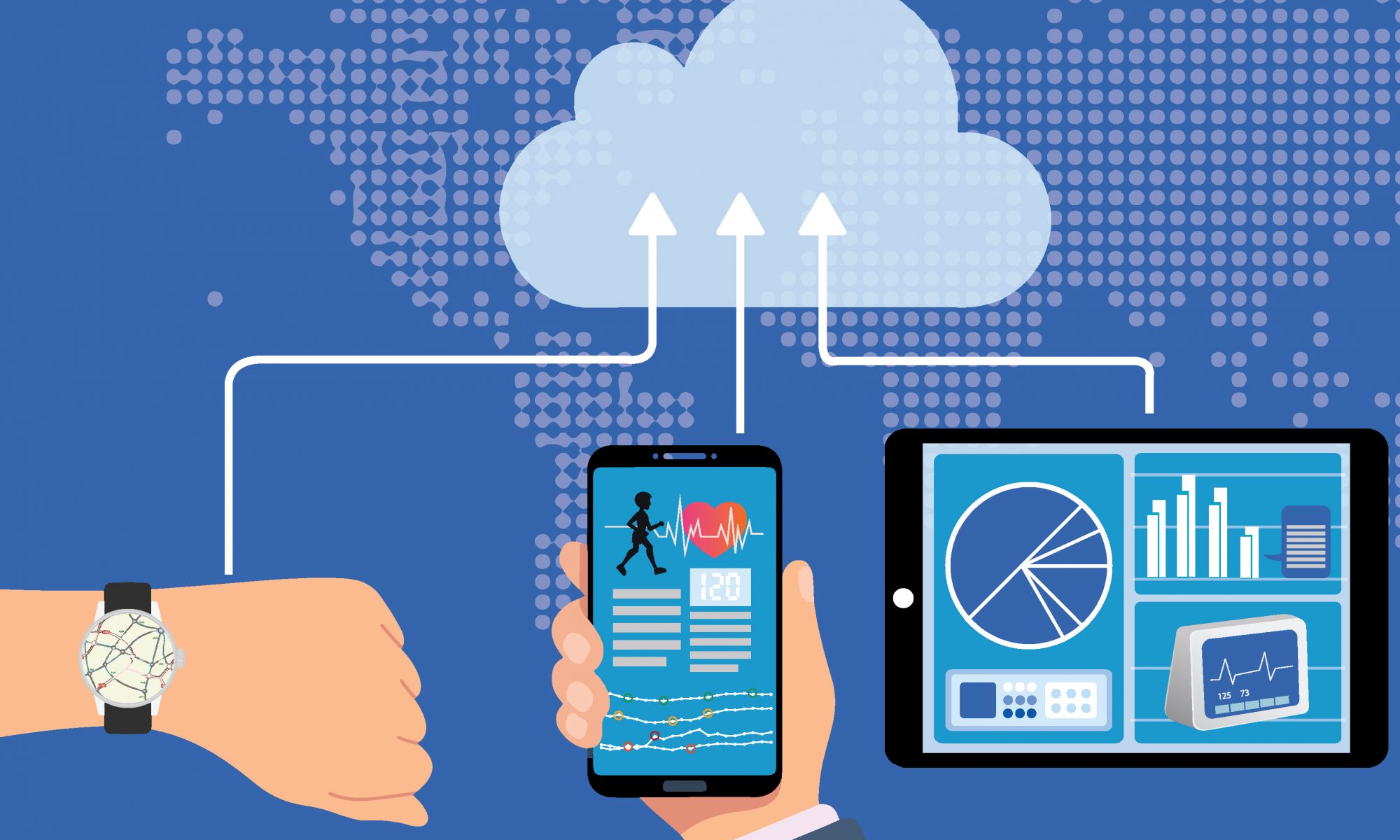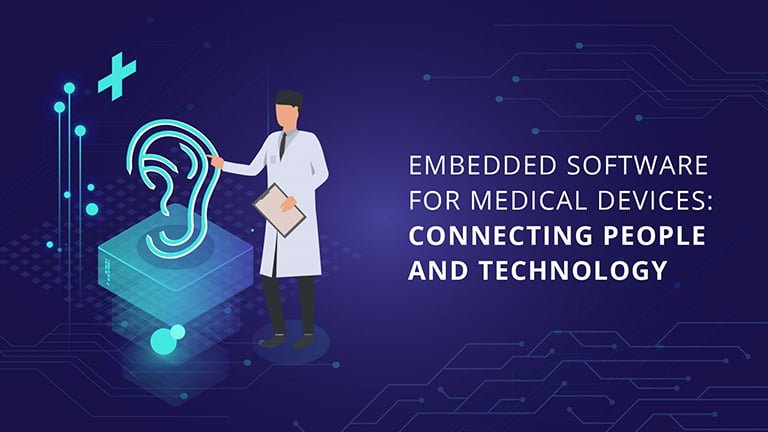The Internet of Things (IoT) technology is becoming increasingly prevalent in the development of medical devices and its software. An IoT device is embedded with sensors, actuators, computing devices and data communication capabilities. These are linked to networks for data transportation. Several healthcare facilities have started using embedded software for medical devices. IoT Medical Devices makes the remote and continuous monitoring of a patient’s health possible. It is poised to revolutionize the functioning of the healthcare industry. Medical device manufacturers and patients who use these devices on a day-to-day basis have been trusting MicroGenesis with its embedded software development process and testing techniques for more than two decades now. How to find the best system software for medical devices? Searching for the right software design of medical devices is a critical affair. Most developers are spoilt with choices from whether to use a “roll-your-own” solution or a commercial “off-the-shelf” product or whether to hire a real-time operating system or a general-purpose operating system. There is no optimal solution for all devices but understanding the parameters of the application and its interaction with the target will help developers narrow their search. Any discussion on software for medical devices should begin with one overarching consideration: Medical devices directly impact human lives. That said, modern medical devices come in all shapes and sizes-from elaborate radiation machines to small implanted pacemakers that are battery operated. They vary greatly in the criticality of their intended functions. Therefore, the first specific consideration in selecting the apt system software should be the intended use case.
What is the way forward?
Today medical devices/ equipment is increasingly packaged with critical software that is used to direct equipment. Software validation has become a critical process before releasing product to the market. A minor bug in the software can be a dangerous and costly affair due to the involvement of human lives! Test validation is guaranteed to help improve code robustness, efficiency, stability, performance, and product readiness of the software to market. As an integral part of the software development life cycle process, test validation is a continuous process, beginning early in the development cycle and critical to devise innovation resulting in more than 50% reduction in time spent on testing of this software.
Conclusion
MicroGenesis has proven to be a significant differentiator in the field of developing and testing of software for medical devices, with over 2 decades of expertise in the healthcare sector. To build applications that runs on internet, tablet, and standalone platforms, MicroGenesis utilises the latest and updated frameworks and state-of-the-art ALM tools. MicroGenesis understands that safety is paramount for a medical device and ensures that the software meets the regulatory requirements automated software testing and enable the release of safe software to the market. MicroGenesis automated software testing ensures rapid quality assurance of the developed software. Test automation speeds up the project schedules and reports on metrics for making informed decisions. Get more information about software for medical devices testing and development here: https://mgtechsoft.com/services/software-for-medical-devices-applications/



